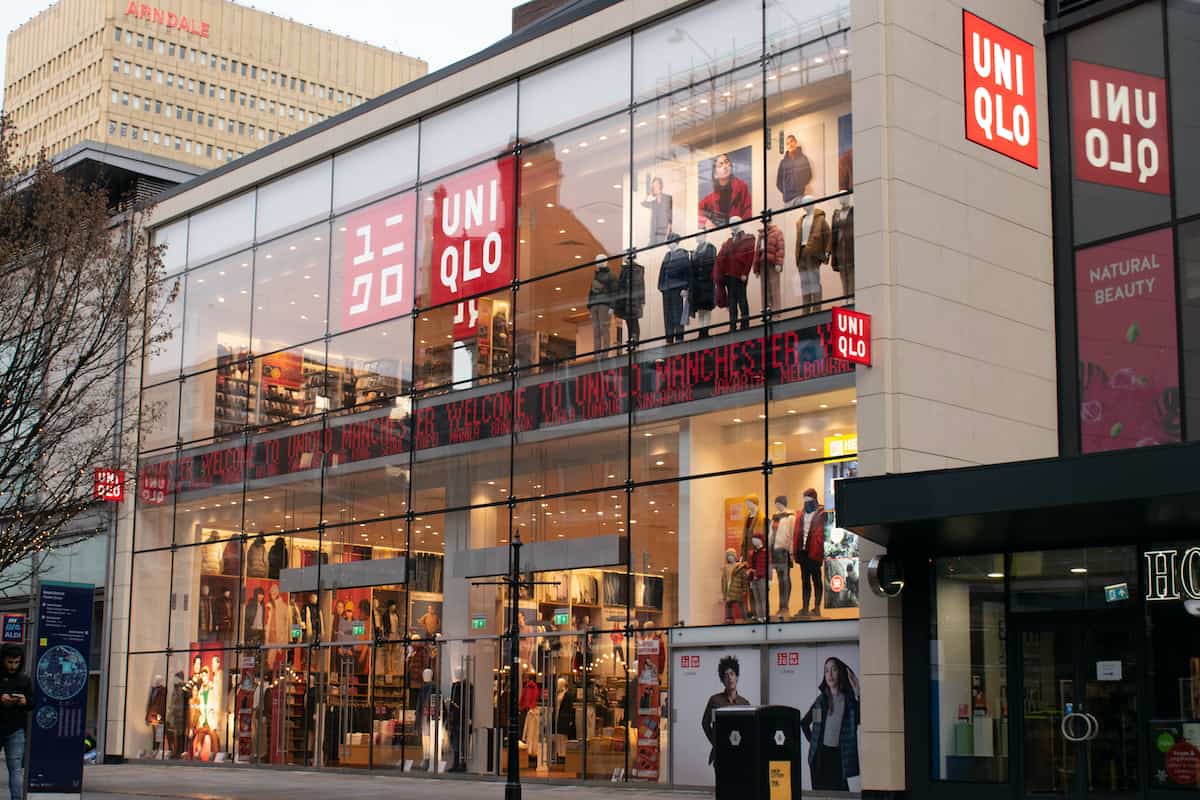Research by Cambridge University has found that poor conversion rates on mobile for grocery retailers is being driven by poor images – and the world’s leading standards body GS1 and technology company Amplience are looking at helping standardise and aid the use of ‘hero images’ to help fix the problem.
According to Statista, while online pureplay retailers in non-grocery routinely see more than 50% of their traffic come from mobile, with relatively good conversion rates, grocery sees less than 6% of people buying online, with 40% of this small number doing so on mobile. Something is clearly up with grocery.
The problem, researchers at Unilever, in collaboration with by the Cambridge Engineering Design Centre have concluded, lies in the imagery on the already limited screen real estate on mobile being poor and leading to consumers doing the ‘Vegas scroll’ – a dead-eyed run through lists and text without engaging or buying anything.
The reason is that current mobile grocery sites don’t convey the right information in an easily understood, visual format. According to Cambridge researchers, what consumers need are four main bits of data about a product: brand; product type, e.g. shampoo or conditioner; product variant, e.g. intensive repair or colour care; and size.
Pack shots typically do not convey these four messages effectively. To see this, have a look at the images below. One of these contains a pack shot and one contains a Mobile Ready Hero Image. Can you tell the brand, product type, variant and size?
Instead, says the research, grocery retailers should be using mobile-ready hero images. Mobile Ready Hero Images provide a clear, readable and consistent alternative to pack shots, as shown below.
According to the Cambridge team, a mobile-ready hero image:
- Is created specifically for e-commerce to act as the primary image in thumbnail results (e.g. With search, favourites and store categories).
- Makes better use of space than a conventional packshot — see image below.
- Is designed to work well on all screen sizes that are typical for online retail (approximate 16mm on mobile, 23mm on tablet and 48mm on laptop / desktop).
- Helps the online shopper to better recognise four key pieces of information (brand, product type, variant and size), especially when scrolling through images quickly.
- Includes a pack shot which may be zoomed and/or cropped to deliver better legibility and recognition of the brand and variant especially on tall thin products such as bottles.
- May include (if necessary) a box containing the size in the bottom right
- May include (if necessary) a stripe on the right hand side or bottom specifying the product type.
Enshrining this into standards is now being looked at by standards development body GS1, which has set up a working group – GSMP Mobile Ready Hero Images MSWG – WO 17-234 – to try and standardise hero images for mobile.
But what does this all mean in practice for retailers? Grocery vendors have hundreds if not thousands of products and add new ranges all the time. Changing all this to meet hero standard images is set to be a nightmare that many may consider not worth the unknown gains that it could deliver.
Help is at hand. Seeing this situation develop, retail engagement specialist Amplience has developed and launched the Dynamic Media Solution, which aims to automate how this is done for retailers, making it relatively painless to switch from pack shots to hero images. Hear what Amplience CEO James Brooke has to say in the video below.
https://vimeo.com/238263574
According to the company, “The Amplience Dynamic Media solution solves complex production challenges by automating the creation of product images with the required crop, zoom, brand color, category label and pack size information required to create effective MRHI compliant images”.
Ecommerce APIs, can feed the Amplience Dynamic Media solution which includes imaging templates, Point of Interest (PoI) metadata, and image metadata (such as brand and pack size information) from which thumbnail, medium, large and zoom, images can be created from a single master asset, elimination the post-production challenge.
You can even try it out here and the company is actively looking for retailers to take part in using the system to demonstrate just how effective it can be at lifting mobile conversion in grocery, DIY, beauty and other high product density mobile retail arenas.








